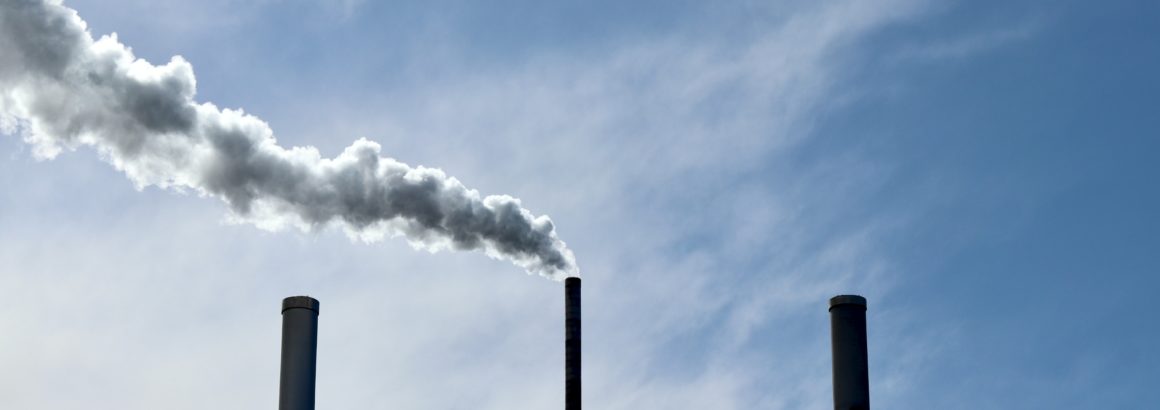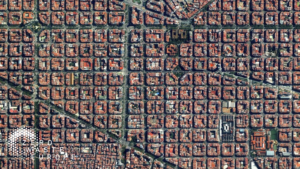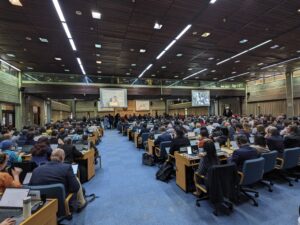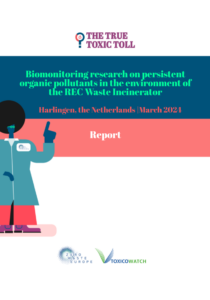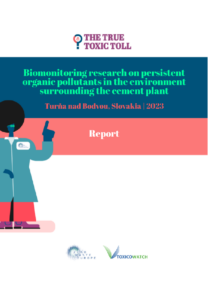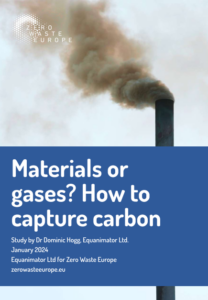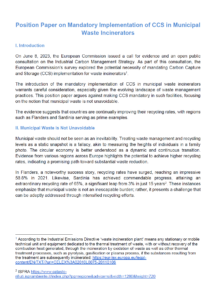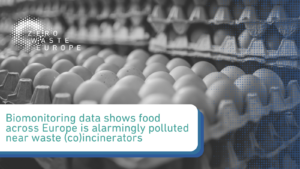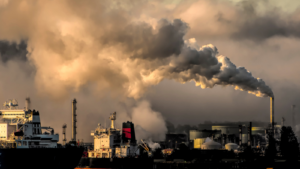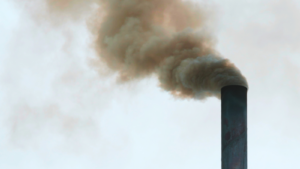Fighting for an incinerator-free Europe
Sustainable management of residuals
“Evidence across the board shows that WTE incineration is a high carbon-intense source of energy, a source of air pollution, and an unsafe technology. It puts countries and cities in a ‘lock in’ situation without a chance to improve waste prevention and recycling. Even if someone liked burning waste, it could not be considered green or sustainable.” – Janek Vähk, Zero Pollution Policy Manager at Zero Waste Europe
Despite increasing evidence of the negative impacts of waste incineration facilities, there is a continuous trend in waste incineration in Europe.
Energy recovery from waste through incineration (also known as Waste-To-Energy) destroys vast amounts of resources, requires extraction of new primary raw materials, perpetuates a linear economic model, and releases greenhouse gases. This practice undermines the efforts of the European Union to transition towards a circular and net-zero emissions economy.
To move away from waste incineration, ZWE works at two levels:
- Awareness-raising of the negative impacts of waste incineration on climate and the environment.
- Work on non-combustion alternatives to waste incineration such as Material Recovery and Biological Treatment (MRBT) facilities.
